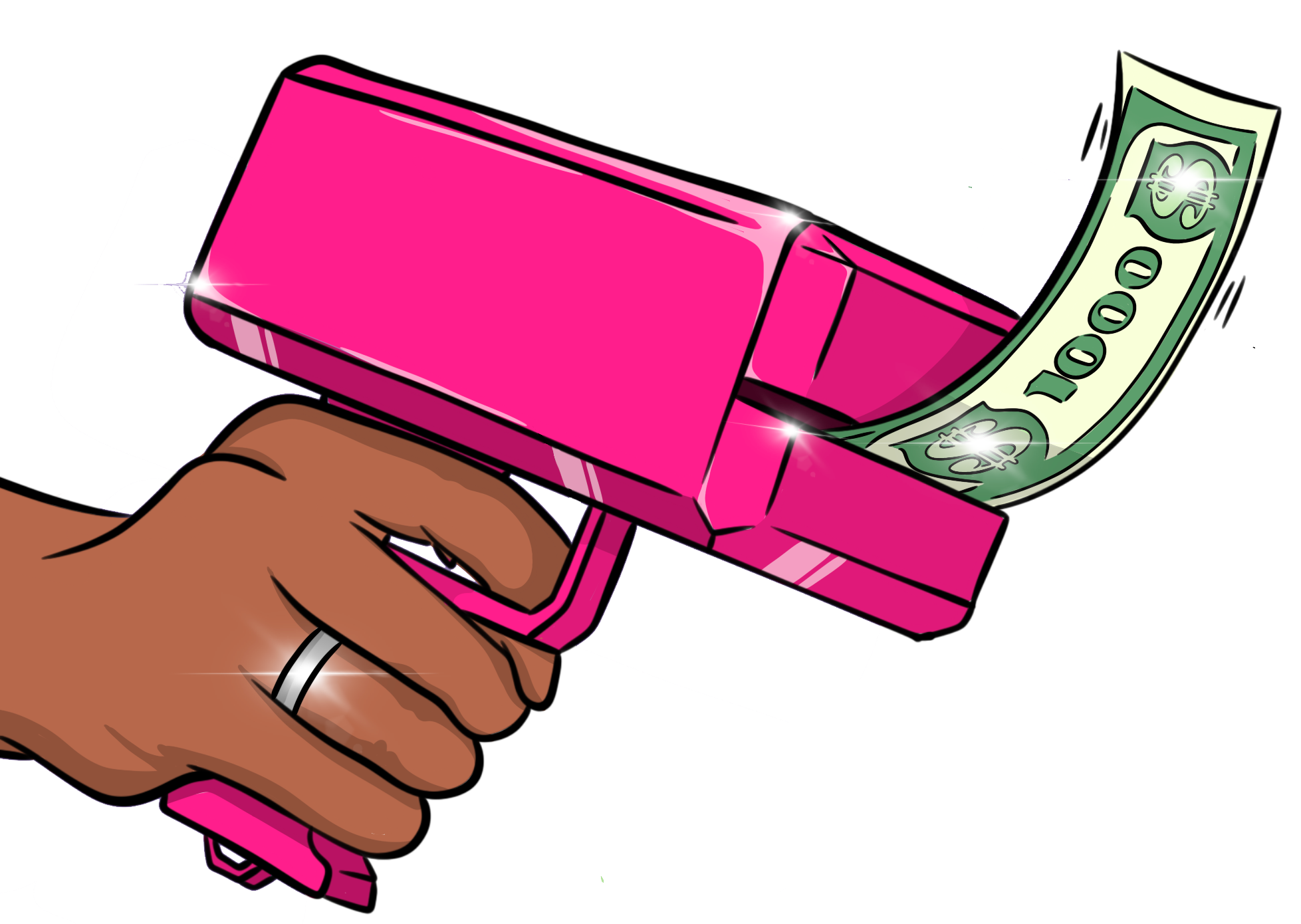A recent study from the University of Exeter explores how females in various species show their "sexual quality." Typically, males in the animal kingdom flaunt more striking features than females — think of the lion’s majestic mane or the peacock’s vibrant tail feathers. Female peacocks, on the other hand, are plain and brown in comparison.
So, why do males need to put on a show to attract mates while females don’t? The study offers a fascinating perspective: being seen as sexually superior doesn’t provide much of an advantage for most female animals. Instead, it can make their lives harder by attracting too much attention from eager males.
As well as being plain, female species have some more impressive ways to ward off harassment from their male counterparts...
The Female Mallard Duck
According to behavioural ecologist Patricia Brennan, males of some species, such as the mallard, have a notorious habit of 'raping' females often in groups. Male ducks have large, corkscrew-shaped penises. Female ducks have evolved to avoid impregnation as their vaginas now have spirals that are opposite to the males penis.
Other species had as many as 8 cul-de-sac pouches en route, that could prevent fertilisation by capturing unwelcome sperm.
These features were only found in species renowned for forced mating. All other species had simple male and female genitalia.
The Female Moorland Hawker Dragonfly
Female dragonflies deter unwanted suitors by dropping from the sky and pretending to be dead. The University of Zurich observed this behaviour in the moorland hawker dragonfly. They witnessed the females crash-diving to the ground, lie motionless, and wait for the pursuing male to leave before flying away.
Female moorland hawkers are vulnerable to harassment while laying eggs because their male mates do not guard them. A single mating is enough to fertilise all their eggs, and additional copulation could harm their reproductive tract.
The Female Jacobin Hummingbirds
According to the University of Washington, some female Jacobin hummingbirds (20%) are evolving to look like males to avoid aggression.
Male White-necked Jacobin hummingbirds have bright blue heads, iridescent green backs, and white stomachs and tails. Females, typically drab with speckled fronts and olive green backs, are adopting the males' bright colours to fend off aggressive hummingbirds.
The Female Opalescent Inshore Squid
Female opalescent inshore squid can mimic males by switching on a bright white stripe on their mantles. This stripe resembles a male's testis, deterring harassment from other males.
Scientists at UC Santa Barbara, discovered this unique tactic. Female squid, often subject to repeated mating attempts and use this mimicry to protect themselves and their fertilised eggs.
The Female Hyena
Unlike most mammals, spotted hyenas (Crocuta crocuta) live in matriarchal societies led by alpha females. Most males join from other groups, so even the top male is often below the lowest-ranking female. Males are also smaller than females.
One curious feature of female spotted hyenas might surprise you, they have a very big, pretend penis.
Females urinate, mate, and even give birth through the 'pseudopenis'. Despite being flaccid during these acts, mating and giving birth are just as difficult and painful as they sound.
Their pseudopenis protects females during sex, as the male must insert his penis into the female's pseudopenis. Most of the time, the female's reproductive tract is blocked by the false scrotum. For sex to happen, the female must remain still and retract her pseudopenis to expose her vagina, ensuring sex only occurs with her full consent. The pseudopenis acts as an 'anti-rape defense'.
Even after sex, if the female decides the male wasn't worth it, she can simply urinate to expel any undesired semen. Despite its appearance, the pseudopenis is a powerful tool in the female hyena's arsenal.
Why Have Female Animals Evolved to Avoid Sexual Harassment
Female animals have evolved various mechanisms to avoid sexual harassment from males for several important reasons:
- Reproductive Control: By avoiding unwanted mating attempts, females can choose the best genetic partners for their offspring, ensuring higher chances of survival and fitness for the next generation.
- Energy Conservation: Constant harassment and forced mating can be physically taxing, consuming energy that females need for foraging, gestation, and caring for their young.
- Protection from Injury: Aggressive or repeated mating attempts can cause physical harm to females, affecting their health and ability to reproduce in the future.
- Reducing Stress: Harassment can lead to chronic stress, which negatively impacts overall health, reproductive success, and longevity.
Why Haven't Humans Evolved Like This?
Some would argue we have. Humans are inherently social creatures. Together, we develop social defenses against rape, such as retribution by members of our community.
Just as babies and mothers rely on community support, those who commit acts like rape, murder, or break societal taboos face social condemnation, exile, or worse.
Apes evolved to use social structures to enhance the success of all members. As apes, humans have excelled in creating social structures that promote our collective well-being.
I guess you could argue, animals have had to endure it constantly which may have forced a faster evolution, where as we have community that sometimes protects us. That being said, 1 in 4 women, 1 in 6 children and 1 in 18 men have been raped - maybe one day we will evolve a more robust protection.








